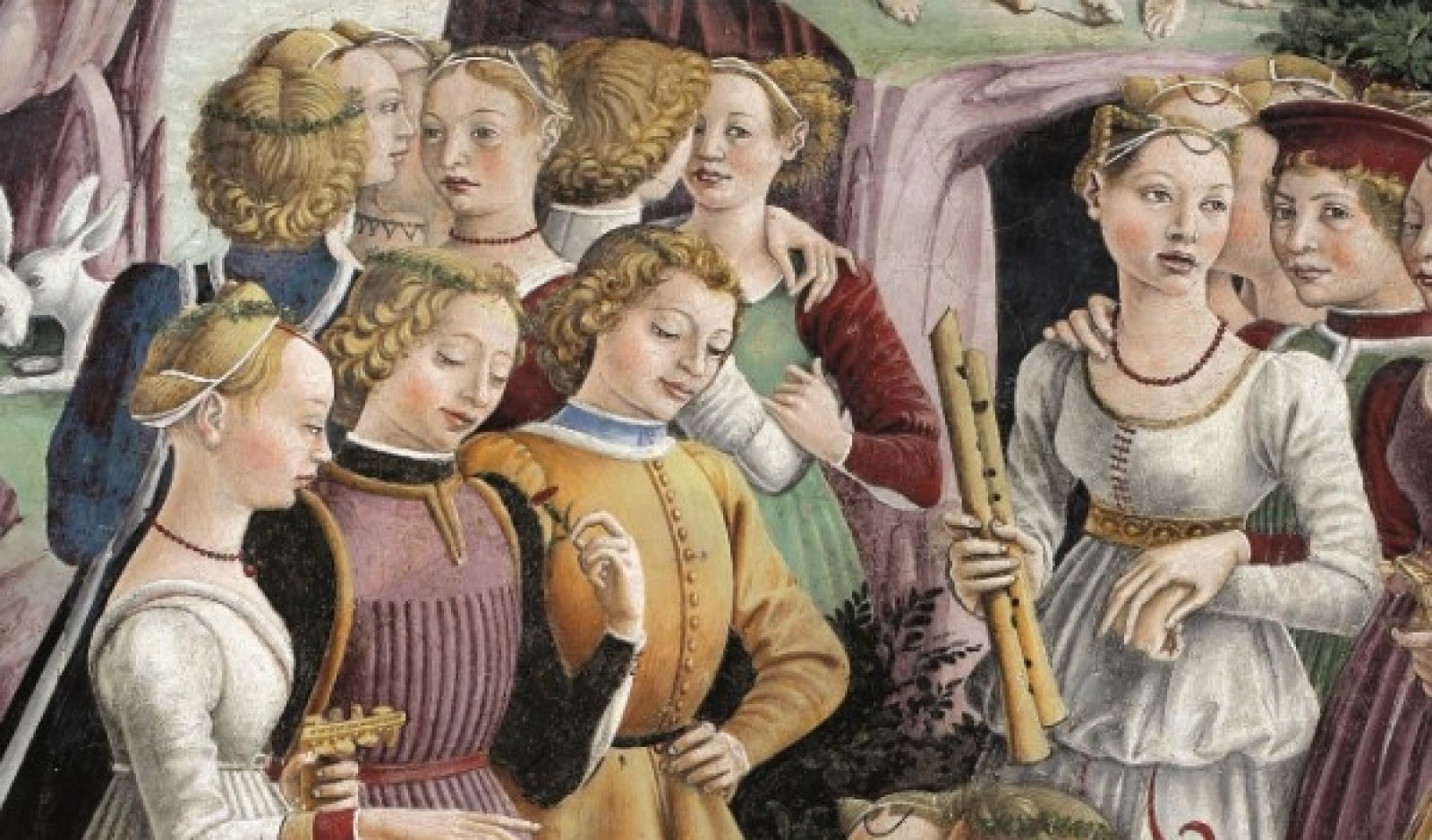You might also be interested in
What do Beatrice d'Este, Lucrezia Agujari, Adriana Benetti, Alda Costa, Micòl Finzi-Contini and Nazzarena Casini, known as Nena, have in common?
Of course Ferrara, but not only. We will explain through the method of the six degrees of separation what these extraordinary personalities have in common.
6 stories of Ferrarese women you didn't expect
The refined culture of Beatrice d'Este
Born in Ferrara on 29 June 1475, Beatrice d'Este was the second child of Ercole I d'Este and Eleonora d'Aragona. Actually, there was hope for a son in the House of Este after their first daughter, Isabella, and so Beatrice's birth was not warmly welcomed.
Beatrice spent her childhood in Naples, at the Aragonese court where her mother came from, far from her parents. She returned to Ferrara in 1485, the year her marriage to Ludovico Sforza, known as the Moor, was arranged. Beatrice was particularly refined and learned: she had received a refined education in a flourishing cultural context and in close contact with great artists such as Cosmè Tura and Ercole de' Roberti (whose works you can admire in a special exhibition at Palazzo Diamanti). She loved to spend part of her time hunting and also riding horses, she adored the theatre, but most of all, she had a special predilection for music, to the point that she claimed to derive 'great spiritual pleasure' and she herself played the viola and lute, as well as singing songs and sonnets.
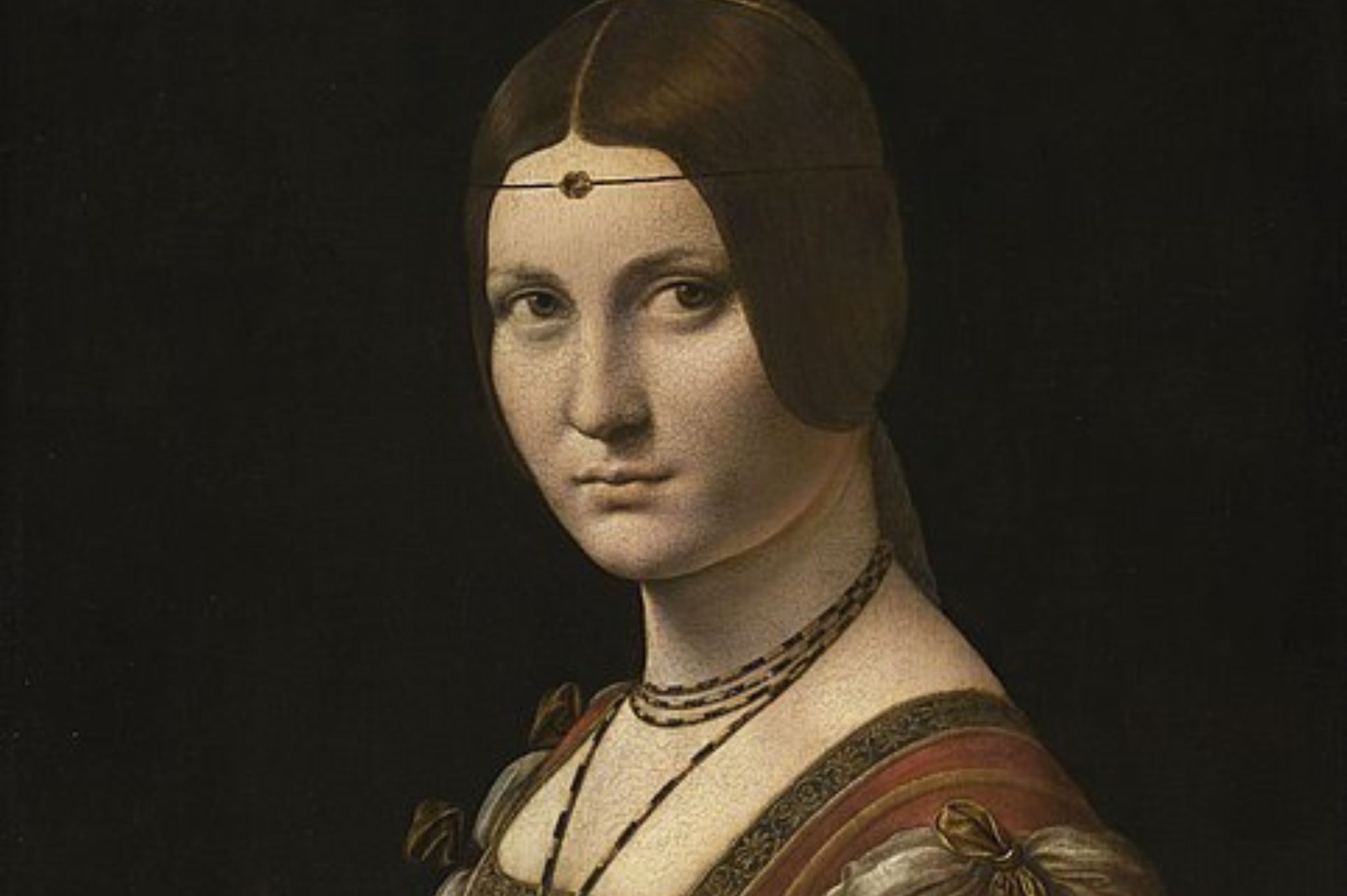
Leonardo da Vinci
The incredible voice of Lucrezia Agujari
Music would be the first degree of separation with Lucrezia Agujari, an 18th century opera singer, nicknamed La Bastardella. Lucrezia's story almost borders on the fabulous. Her parents remain unknown: some claim she was found as an infant injured by dog bites, which would explain her slightly limping gait; they say she was the illegitimate daughter of Agujari, the man who would become her adoptive father, born of a clandestine love. This does not change the fact that she was abandoned in a rubbish bin in today's Via Mascheraio.
Lucrezia Agujari's talent led her to make her debut in Florence in 1764, while in 1765 she starred in Demofoonte at the Teatro Bonacossi di Santo Stefano (later converted into the Cinema Ristori) in Ferrara, which was very active until the end of the 18th century, when the present-day Teatro Comunale (1798) was inaugurated. She was called the eighth wonder of the world because of the exceptionality of her voice, and Mozart himself was dazzled by her singing. The city of Ferrara dedicated a street to this incomparable talent in 1957.
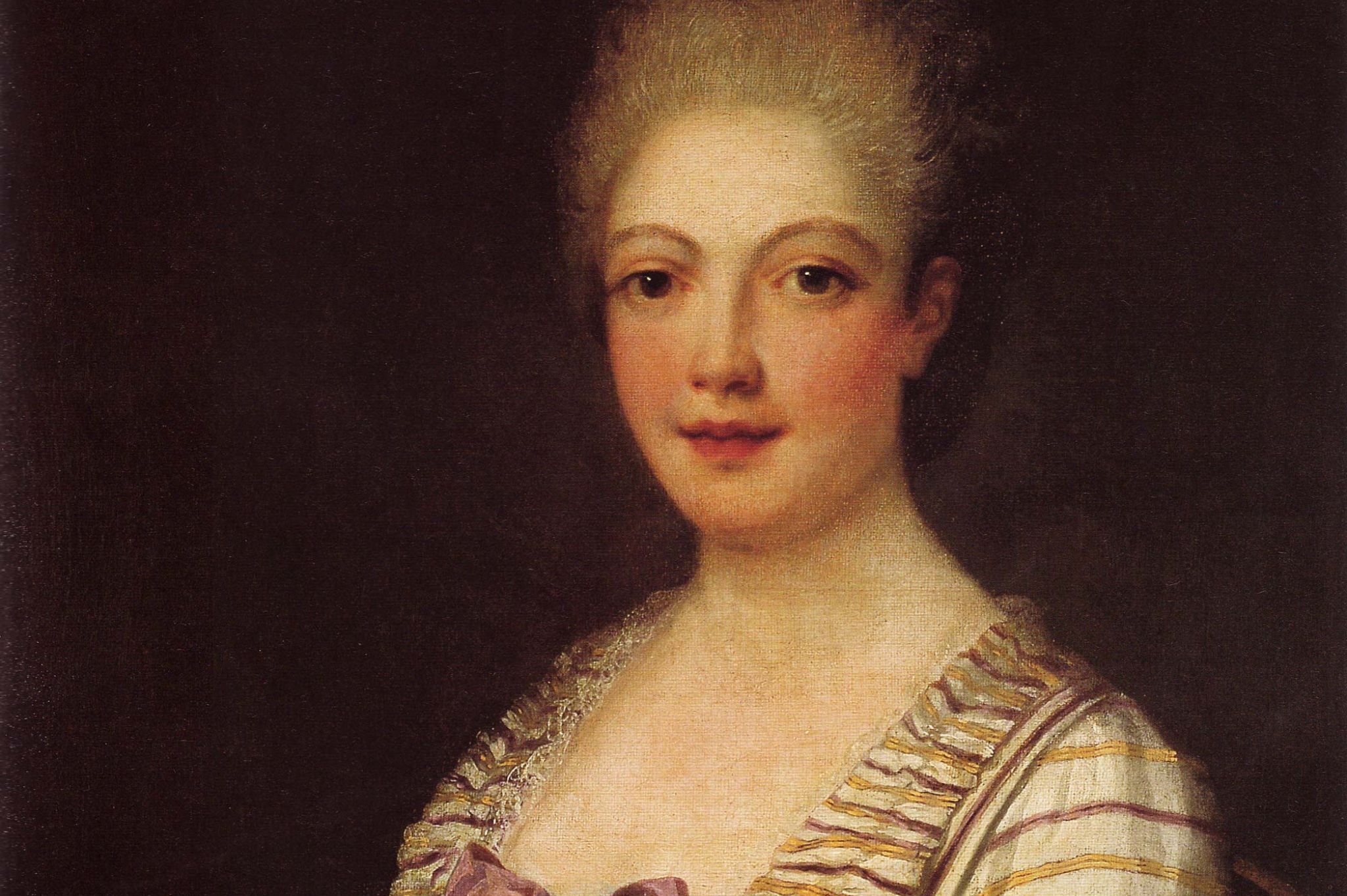
Pietro Melchiorre Ferrari
The immense talent of Adriana Benetti
Let's jump straight through art to the next character: from theatre we move on to cinema, to the extraordinary Adriana Benetti. Born in Ferrara in 1919, she showed an intense passion for cinema, especially American cinema, from an early age. As soon as she graduated in 1939, she left almost secretly for Rome to study acting at the Centro Sperimentale di Cinematografia. In 1941 she made her debut in Vittorio De Sica's film Teresa Venerdì, alongside Anna Magnani. It was to be the start of an incredible career. Quattro passi fra le nuvole (Four steps among the clouds), a film in which she played the leading role and which is considered a masterpiece of early neorealism, was a huge success abroad, particularly in Spain and Argentina. In 1950 she moved to Argentina, and later to Spain, where she was hailed as the diva of Italian neo-realism. 1957 was to be the year of her last film A vent'anni è sempre festa, after which she abandoned her film career. She enrolled at the University of Rome and graduated in Foreign Literature.
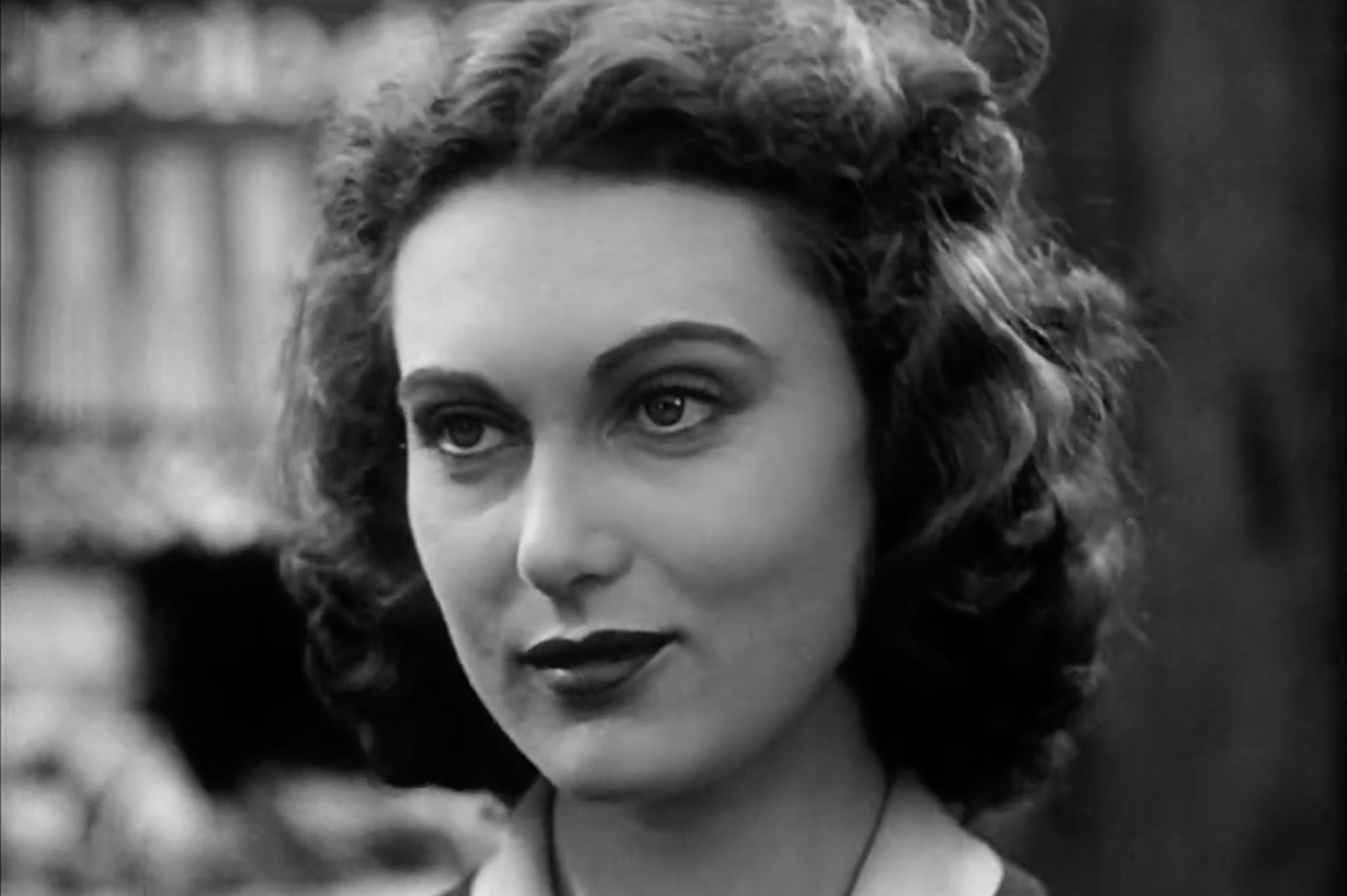
from the movie "Avanti c'è posto..."
The strong spirit of Micòl Finzi-Contini
And speaking of literature, we introduce Micòl Finzi-Contini, a language student at Ca' Foscari. OK, not a real-life character, but she describes Ferrara and the atmosphere during the Second World War pretty well. While the protagonist B. from Il giardino dei Finzi-Contini (by Giorgio Bassani) was falling in love with her, Micòl was busy preparing her thesis on Emily Dickinson. B. met Micòl, a girl belonging to one of the richest Jewish families in Ferrara near the boundary wall of his garden. The story of the Finzi-Contini family is also the story of Ferrara, where the Jewish community is threatened by the racial laws. Micòl is described as an intelligent girl, but also lazy, spoiled, and a bit of a flirt. And yet, the only one really aware of the future that awaited her.

the protagonist of "Il giardino dei Finzi-Contini"
The ideals of Alda Costa
Bassani is our next degree of separation, who in the short story Gli Ultimi anni di Clelia Trotti (Clelia Trotti's Last Years) immortalized the figure of Alda Costa (1876-1944), teacher and 'unheeded Cassandra of Ferrara socialism'. The primary school in the vicinity of Cinema Boldini and the Frescobaldi Conservatory in Ferrara, part of the 'Quadrilatero Novecentista' is named after her. She has been described as 'a petite woman with a strong personality and an unwavering political faith, which she never denied, even at the cost of giving up teaching'. The focus of her political activity was always education, which was closely related to women's emancipation. She believed that the advancement of women in the social, rights and labor spheres has a positive impact on the education of their children.
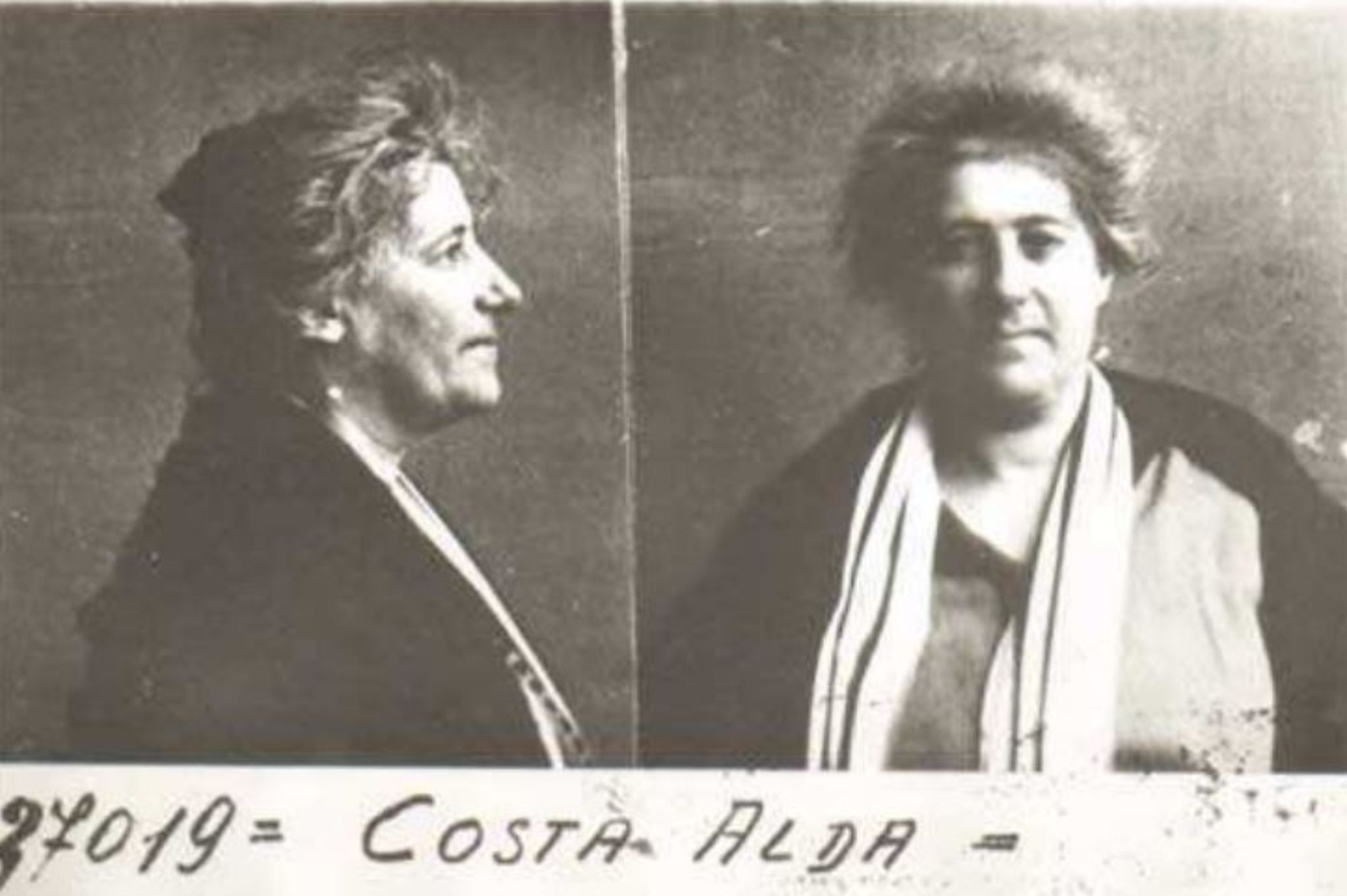
Alda Costa's mug shot
The free spirit of Nazzarena Casini
Following the emancipation motif, we move on to introduce Nazzarena Casini, best known as Nena, who was born in the province of Ferrara in 1913.
She was familiar with the river Po and every corner of the Delta, and loved water deeply, a passion handed down by her father, who was a boatman as well. At the age of 14, she knew how to move alone across the course of the river. During the Second World War, she managed to save several people, mainly children, with her boat, hiding them on an uninhabited islet. She lived her entire existence in perfect symbiosis with nature and considered Po her spouse. Today, his story is recalled by Nena, a river boat that travels along the river and allows anyone to discover Ferrara from a different perspective.
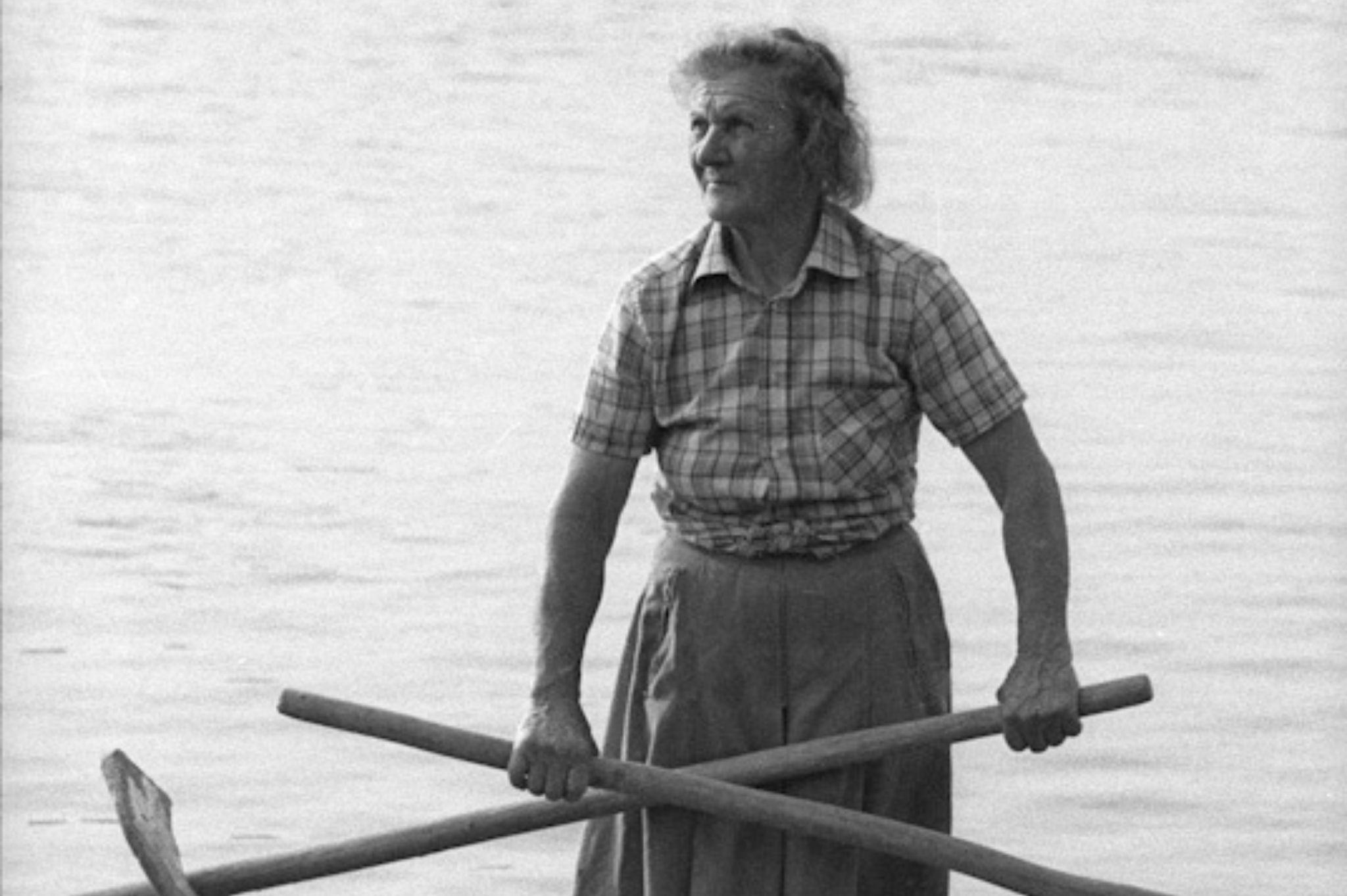
"Nena" by Marco Caselli
Here are the six degrees that unite the lives of some personalities who have traced a path through the history of Ferrara. Women with often opposing temperaments, disparate ambitions, fragile and courageous. Yet magnetic to the gaze of anyone with the curiosity and interest to approach their stories.

